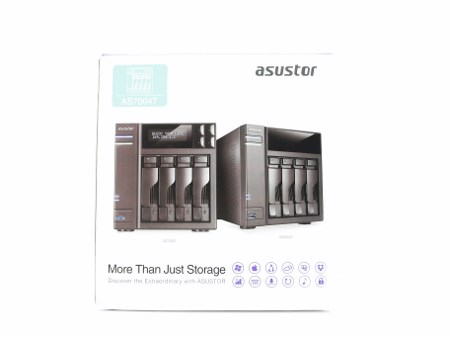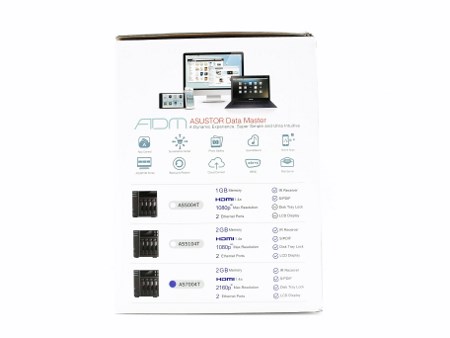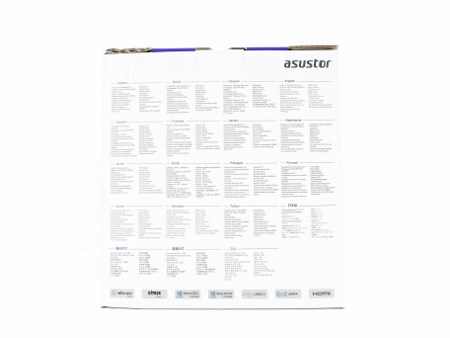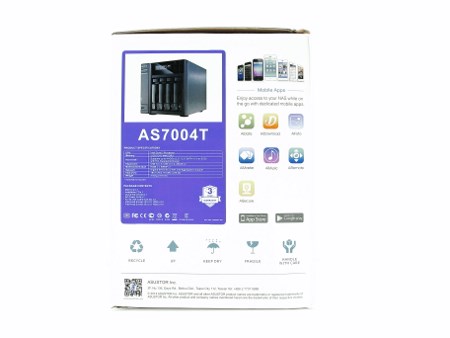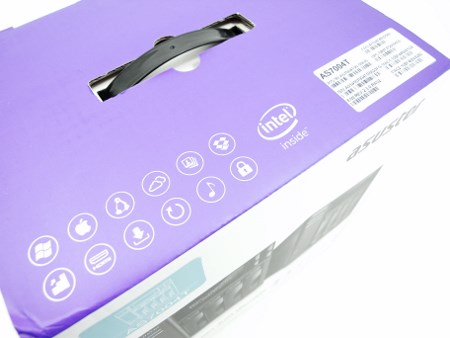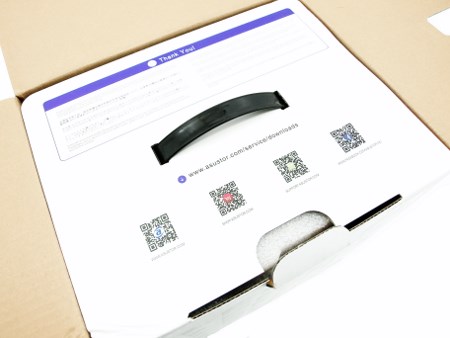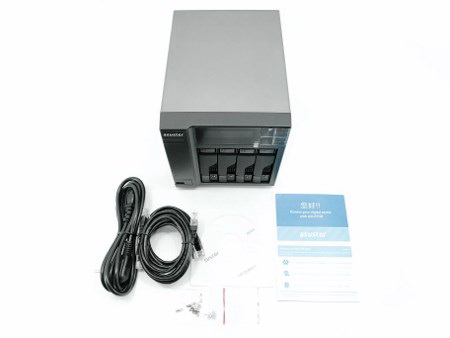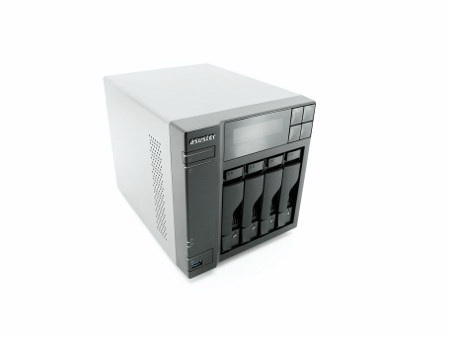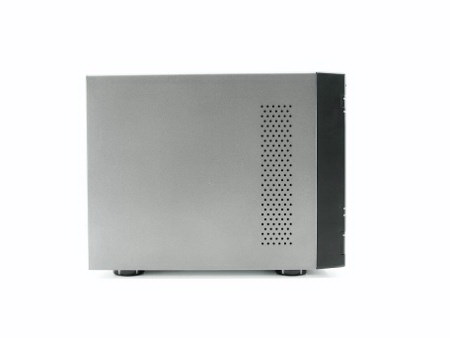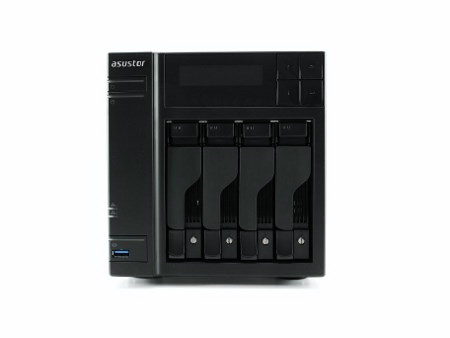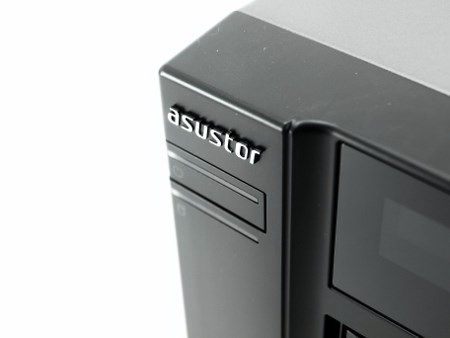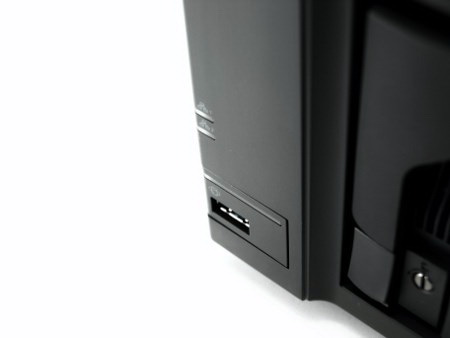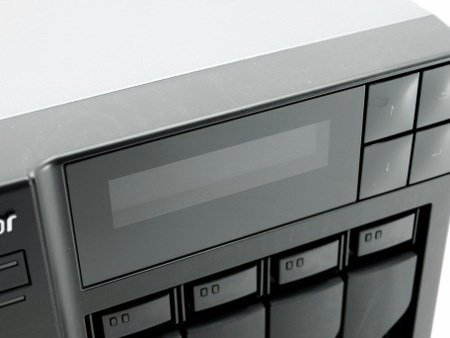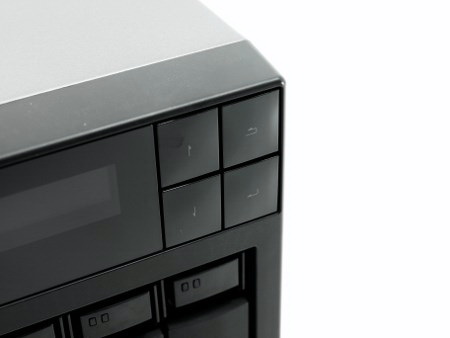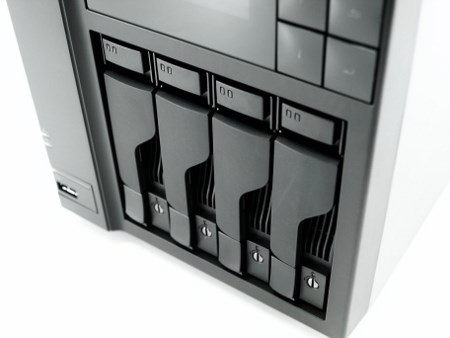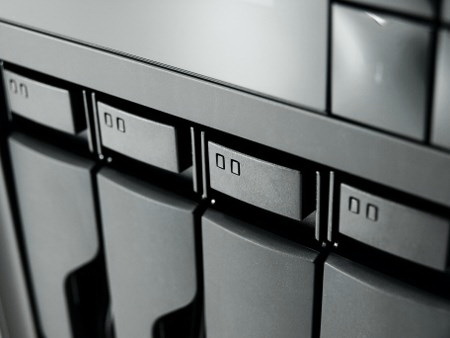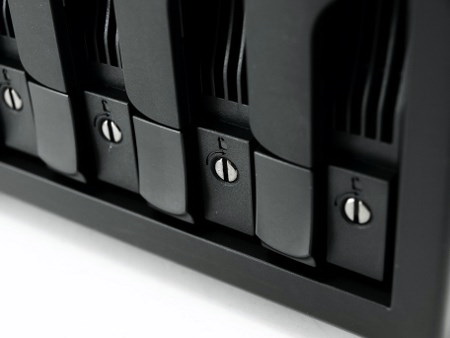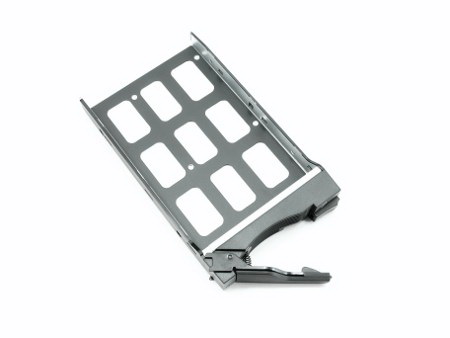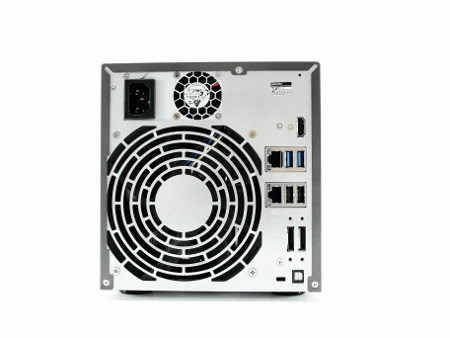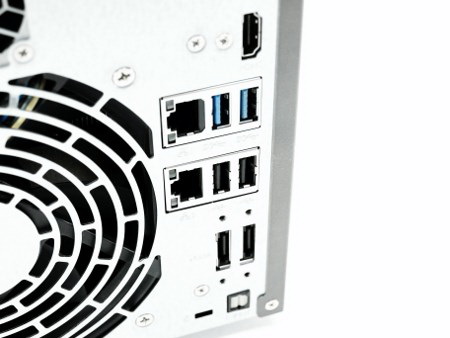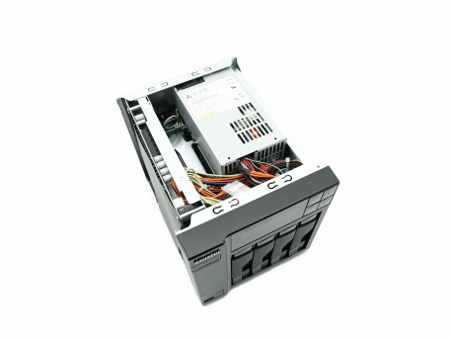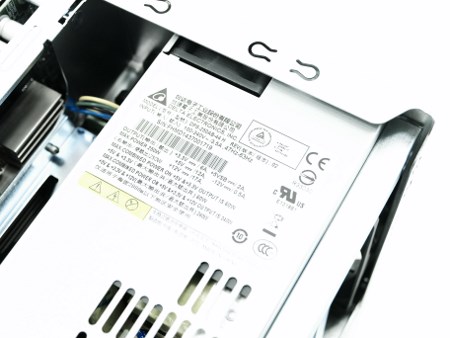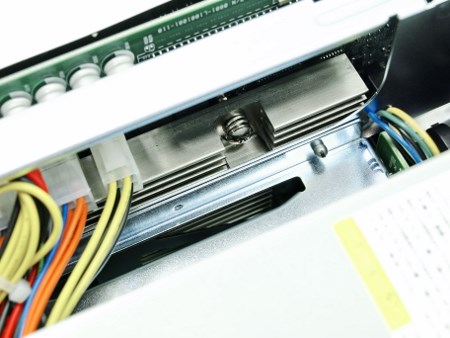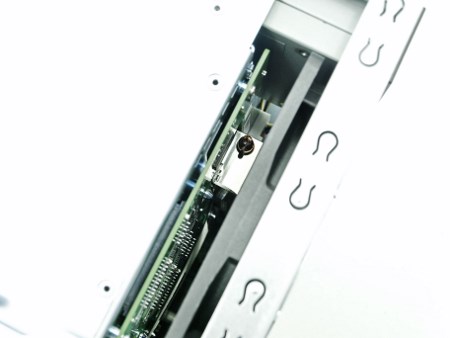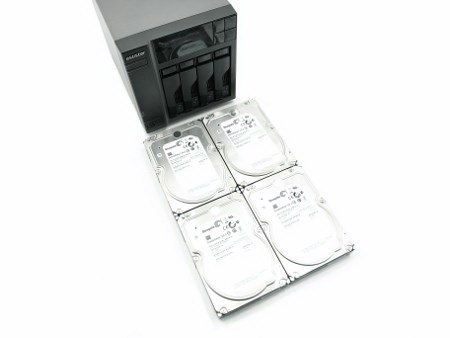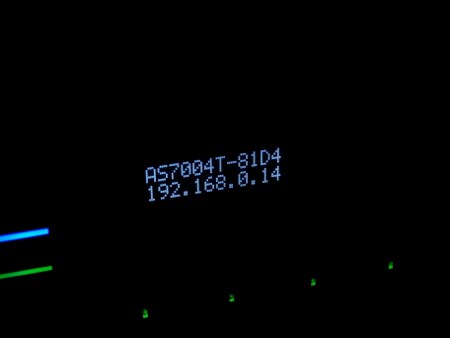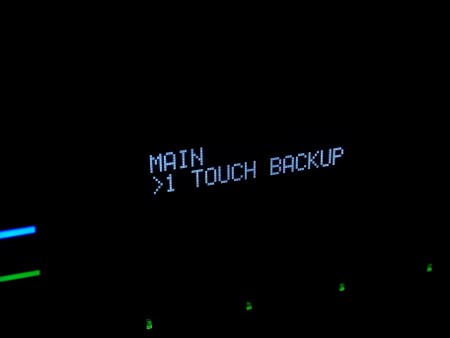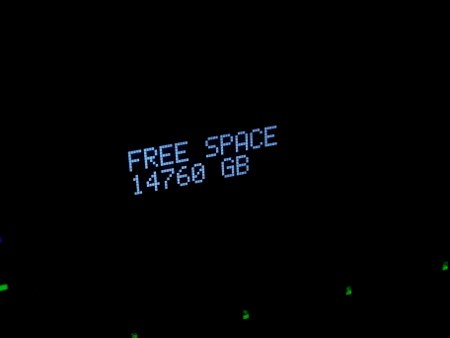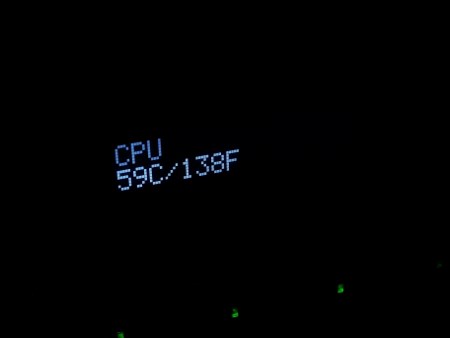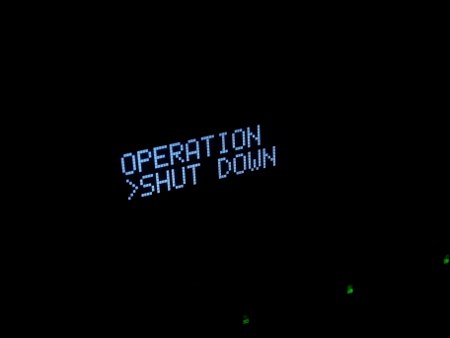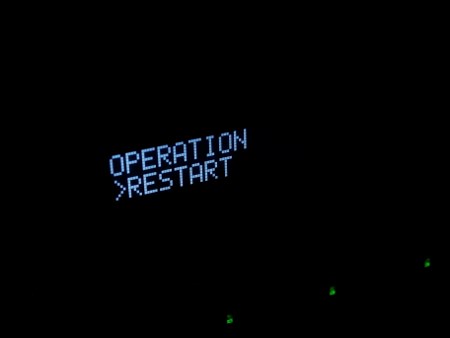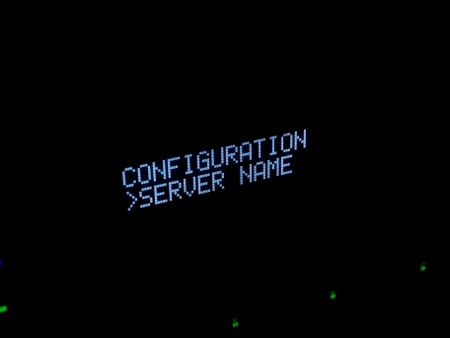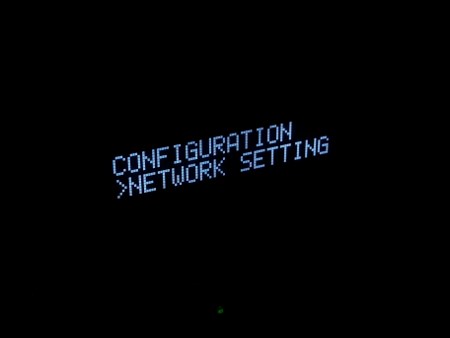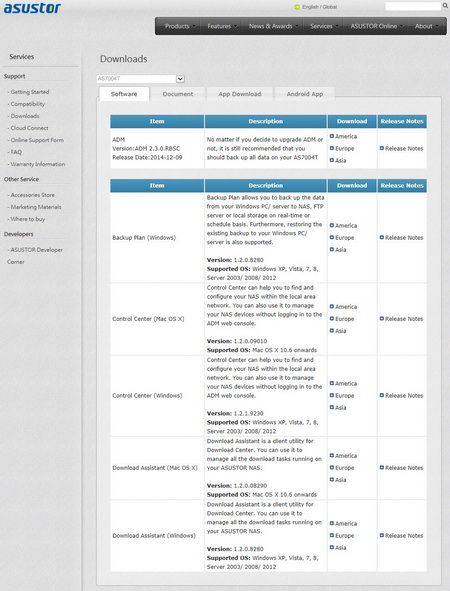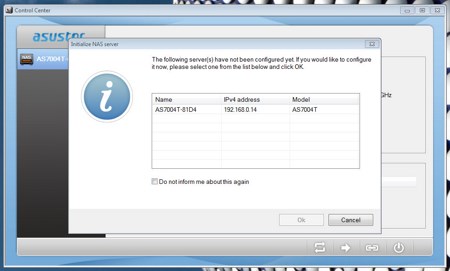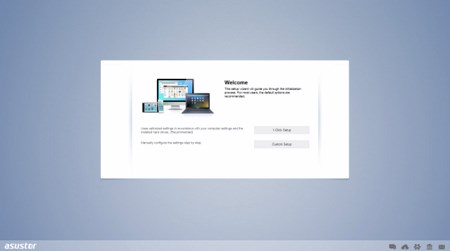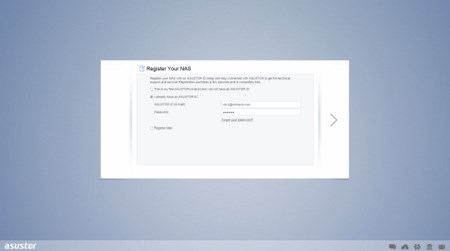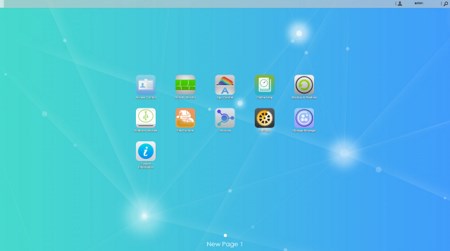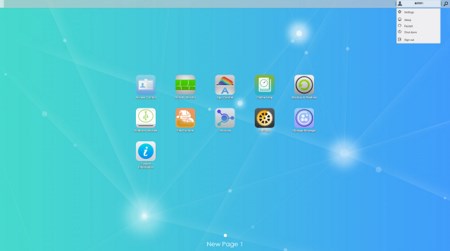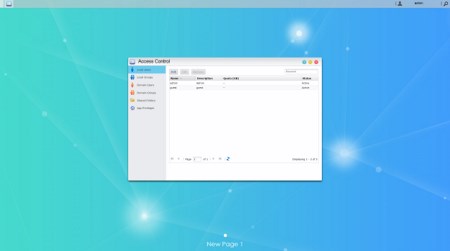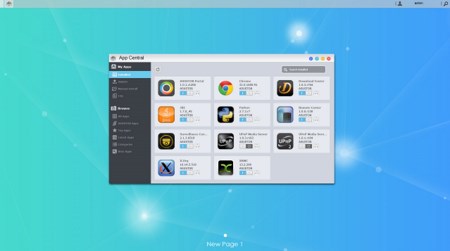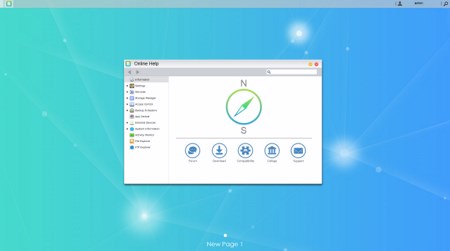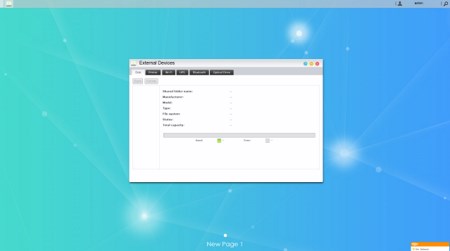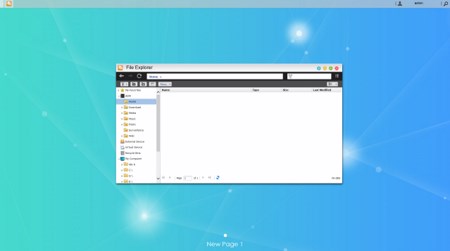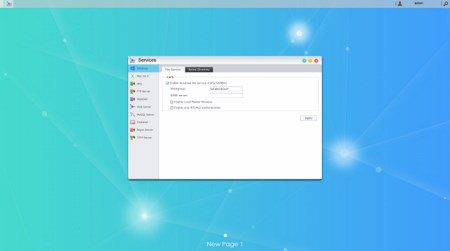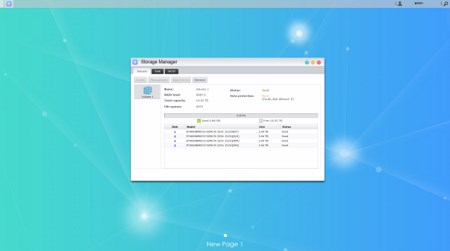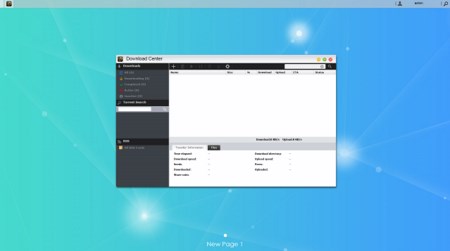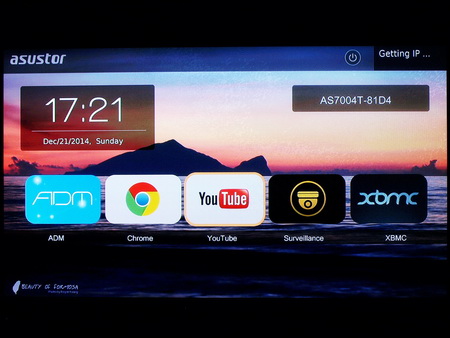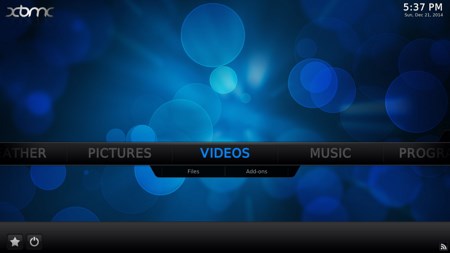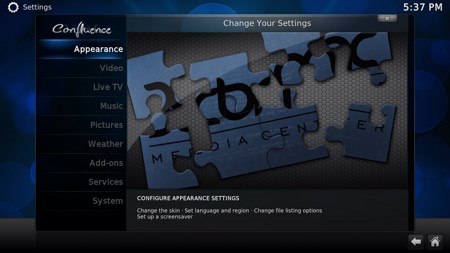INTRODUCTION
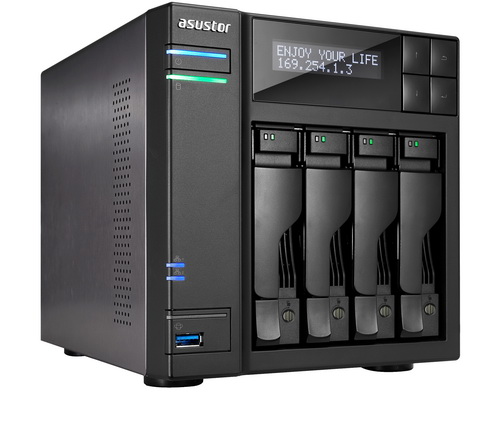
When i first started using and testing NAS (network attached storage) devices well over 5 years ago their specifications couldn't compare to even the most entry level notebook and honestly back then there really was little need for anything more than that since most people used them as download servers, file sharing servers and in some rare cases for hosting pages. However things have changed a lot nowadays and so with the increase in need for serious processing power there are NAS devices out in the market as we speak with specifications equal to those of a high-end notebook or even a mid-end desktop system (minus the graphics card, for now at least). Of course because of their very high price tags (and in some cases large size) such devices are primarily aimed towards enterprise and business users who can really use the extra punch with heavy workloads. ASUSTOR recently announced their AS70xxT ultra high-end series and today with us we have the 4 bay AS7004T NAS model.
Founded in 2011, ASUSTOR Inc., a subsidiary of ASUSTeK Computer Inc., is a leading innovator and provider of private cloud storage (network attached storage) and video surveillance (network video recorder) solutions. ASUSTOR is devoted to providing the world with unparalleled user experiences and the most complete set of network storage solutions possible.
Some of you may recall our review of another ultra-high-end model by ASUSTOR the AS-608T which performed extremely well and left most of its competition in the dust. Well compared to that the new AS70xxT series is in a league of its own especially in terms of specifications something which we did expect roughly two years later. So this time over ASUSTOR has used a very fast Intel Core i3-4330 CPU running at 3.5GHz (once again we see the Mesa DRI Intel(R) Haswell Desktop with OpenGL version 3.0 and Mesa version 10.0.0 taking care of the video part) along with 2GB of SO-DIMM DDR3 RAM (expandable up to 16GB). ASUSTOR didn't stop there however and so they have also improved on the connectivity of the NAS so on this model we see 3 USB 3.0 ports, 2 USB 2.0 ports, 2 eSATA ports, HDMI v1.4a output, optical S/PDIF audio output and two Gigabit RJ-45 Ethernet ports. Also thanks to the powerful CPU used, the HDMI v1.4a video output and the brand new version 13 of the well-known XBMC player the AS70xxT series can reproduce 4k content (max resolution of 2160p) and although it will take some time before such content becomes widely available for real still it's an very impressive feature. So the time has come for us to see what the 4 bay model of the flagship NAS line by ASUSTOR is capable of.
SPECIFICATIONS AND FEATURES


PACKAGING AND CONTENTS
Although we received a model of the AS70xxT series at the front of the box you will see pictures of both the AS7004T and the AS5004T.
A quick comparison between the AS5004, the AS5104T and the 7004T is placed on the left side.
The features list is printed at the rear of the box in 19 different languages.
On the right side of the box ASUSTOR has placed a sticker with the product specifications and bundle contents right next to the available mobile apps you can use with the NAS.
The sticker with the serial number and barcode of the unit is placed at the top of the box right next to the Intel inside logo.
As usual a welcome/thank you message is the first thing you will see once you open the box (the contents of the box sit between two thick foam spacers).
Along with the AS7004T inside the box you will also find the AC power cord, two RJ-45 Ethernet cables, software CD, installation instructions and two small plastic bags with mounting screws for 2.5" and 3.5" drives.
THE AS7004T EXTERIOR
ASUSTOR may have followed the example set by QNAP for the design of their NAS servers but that's not really a bad thing. Size-wise the AS7004T measures 230mm in depth, 170mm in width and 185.5mm in height while it weighs a total of 3.9kg.
Both sides of the housing are perforated for better ventilation of the interior.
The fascia is covered with a nice black matter color and i have to say it does look great.
ASUSTOR has placed their logo on the left upper corner right over the on/off power button, the on/off and HDD/Ethernet/one-touch backup activity LEDs and the one-touch backup USB 3.0 port.
A long VFW screen and its 4 navigation buttons is placed above the 4 drive trays.
All four drive trays feature activity LEDs and locks which can be used with a flat screwdriver.
Similar aluminum/plastic trays were used with the previous ASUSTOR models (very sturdy).
The rear contains all of the connectors but it's the 120mm exhaust fan that steals the show.
From top to bottom the ASUSTOR comes ready with an HDMI 1.4a output, two Gigabit Ethernet ports, 2 USB 3.0 ports, 2 USB 2.0 ports, two eSATA ports, optical S/PDIF audio out and a Kensington lock.
THE AS7004T INTERIOR
Accessing the interior is not hard, just remove the three screws at the rear and pull the cover backwards.
The AS7004T uses an 250W PSU by Delta Electronics (although even with 4 drives installed the unit never went over 100W it's good to have more just in case).
Dismantling the rest of the unit wasn't very hard but it would take time (something we don't really have especially at this time of the year) and we really found no reason for it since we already know what we would find (still the very large heatsink placed over the Haswell modules was a good surprise).
Once again we used our Constellation ES.3 4TB drives to test the device.
LCD SCREEN
LCD screens on NAS servers are certainly not one of their most important features but they can come really handy. For example the one the AS7004T has allows you to check the assigned IP, start the one-touch backup process, check the total drive space (and the available one), monitor the temperatures of the system and the CPU, shutdown and restart the server, change the name of the server and finally you can adjust the network settings.
SETUP
The very first thing you should do prior to plugging the device to your system is head over to the official ASUSTOR support page to download the latest firmware and software versions (v2.3.0.RBSC was used for this review).
The easiest and fastest way to setup the unit is to launch the control center software, wait until it locates the NAS in your local network and then start the setup procedure.
You can choose between the fast 1-click setup and the custom setup (we followed the custom route).
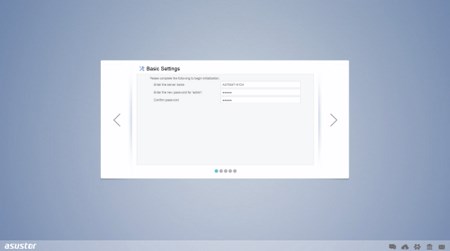
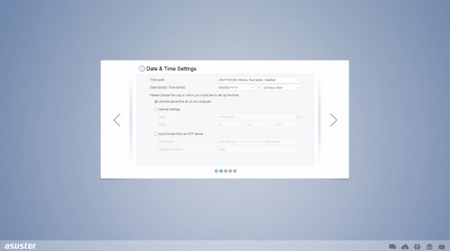
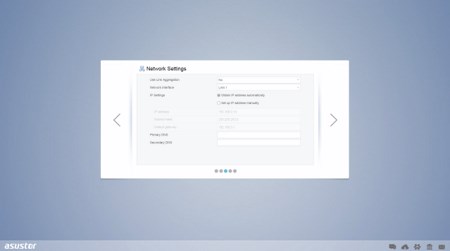
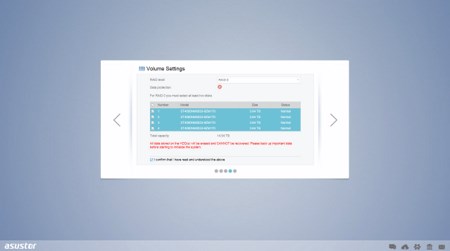
Via the custom route you will need to set the server name (if you don't like the default one), server password, time zone, language, network options and configure the drives (single/RAID/JBOD) in order to proceed.
You can also create a new ASUSTOR id if you don't already have one to get official support and be able to download applications and use the cloud connect service.
WEB INTERFACE PART 1
The first screen you will see has all the applications installed by default.
You can access the layout settings menu and logout, restart or shutdown the NAS from the admin selection on the far right of the top bar.
Typically from the Access tab you can add/remove user accounts, groups, domain users, domain groups and also gives you the ability to create shared folders and set application privileges.
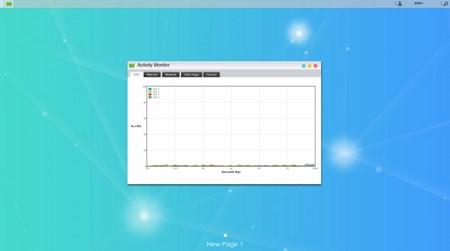
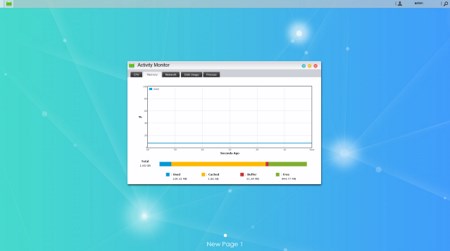
From the Activity Monitor tab you can check the available space on the installed drive(s), monitor the CPU/Memory/Network utilizations and see what processes are currently running.
You can install many more applications from the App Central tab (more on that later).
ASUSTOR offers online help through this very convenient shortcut/tab.
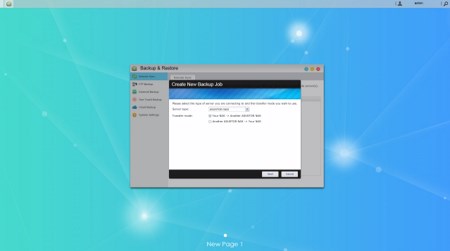
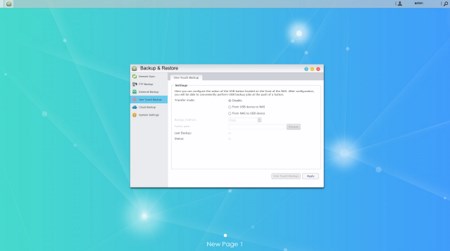
The Backup & Restore tab allows you to remote sync options, setup FTP/External backups, configure the one touch backup (front USB port), use the cloud backup feature and also adjust the system settings.
Moving to the External Devices tab from here you can check the state of attached drives, format them, prepare them for ejection and you can also check the state/adjust the settings for attached printers, Wi-Fi adapters and UPS devices.
The File Explorer page allows you to upload and download files from and onto the NAS without much effort (although i do recommend mapping a drive letter from your network options in Windows).
The Services tab includes several server options for Windows/Mac OSX/NFS/FTP Server/WebDAV/Web Server/MySQL Server/Terminal/TFTP/Proxy Server and Rsync use.
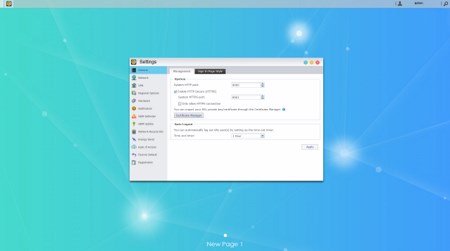
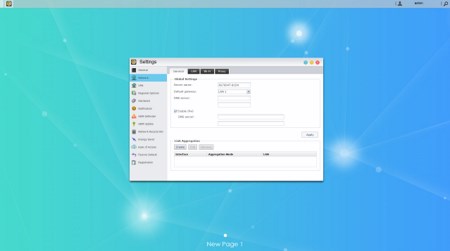
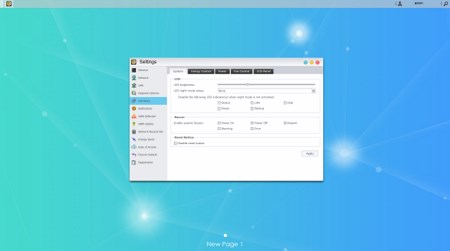
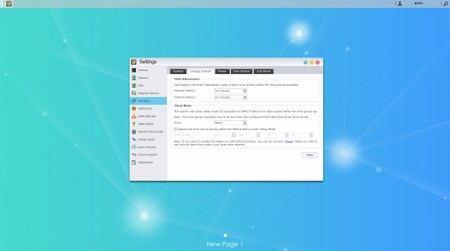
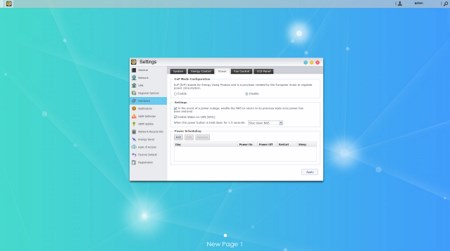
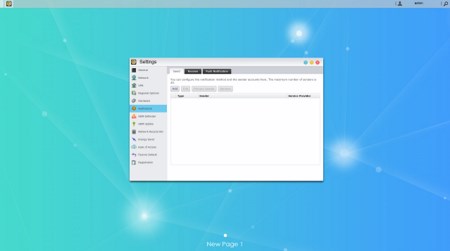
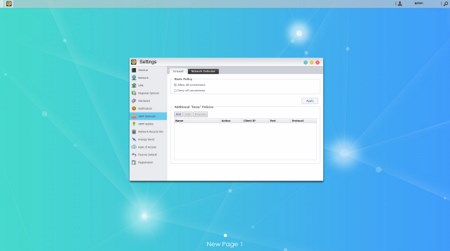
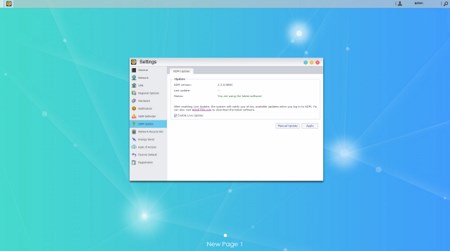
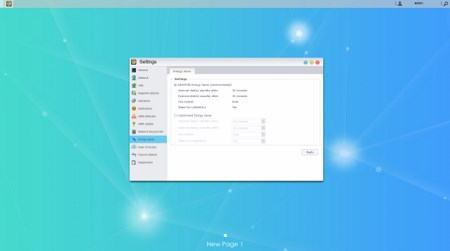
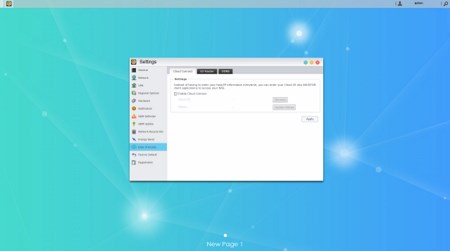
Under the settings tab ASUSTOR has placed pretty much everything you can adjust including the network settings, regional options, hardware options (LEDs/Buzzer/Fan control/Power settings/LCD text), various notification options, ADM defender (firewall), ADM update (manual or automatic), network recycle bin, energy saver (drive standby mode/fan control/wake on LAN), ease of access (Cloud Connect/EZ Router/DDNS), factory default settings and product registration.
WEB INTERFACE PART 2
Via the Storage Manager tab you can create and manage volumes (JBOD/RAID), check the state of the drives via SMART and use the iSCSI feature.
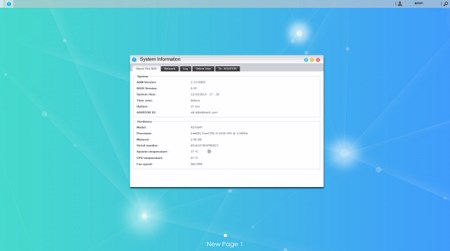
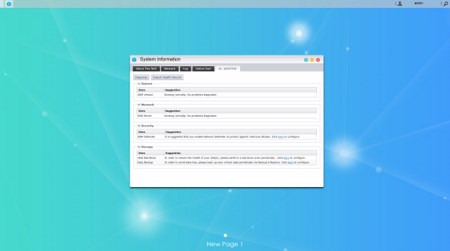
The System Information tab allows the end user to check the state of the hardware components of the NAS (including their temperatures), check the network activity, read logs, see who's logged in and use the DR.ASUSTOR diagnostic tool.
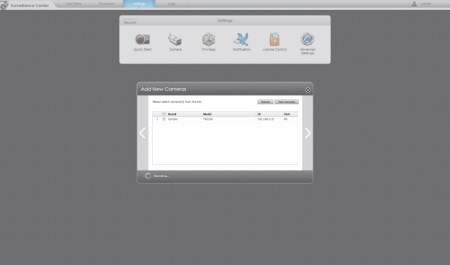
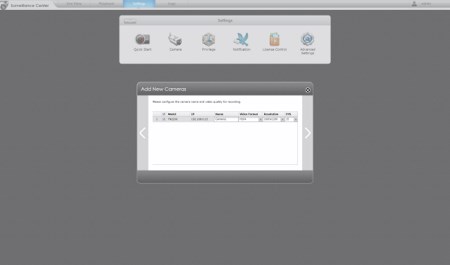
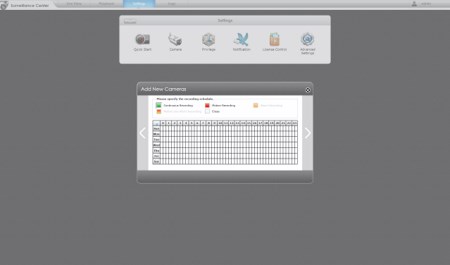
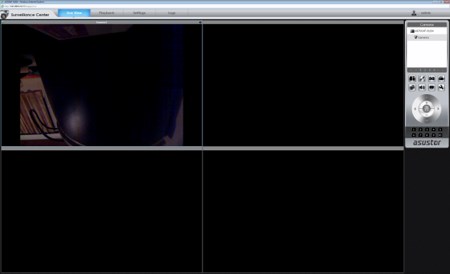
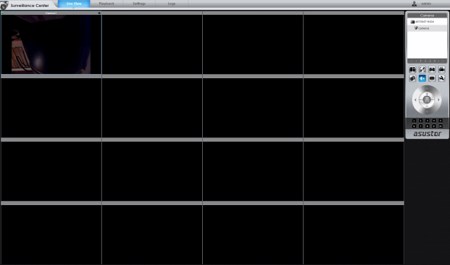
The Surveillance Center has come a long way since our last ASUSTOR review and so we had no problem using it with the two Compro cameras we have here. It's still far behind in terms of compatibility compared to QNAP and Synology solutions but it's getting there especially with the addition of the ONVIF standards which can be used with most of the latest IP camera models in the market.
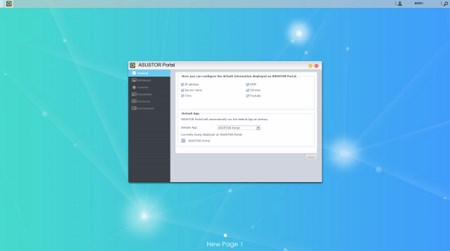
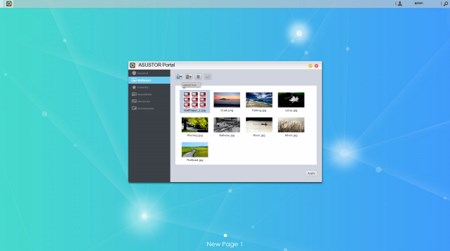
The ASUSTOR Portal is what sends out signal via the HDMI output to your TV so from here you can choose which apps you can use from the comfort of your bed or sofa.
From the Download Server tab not only can you download files using the BitTorrent Client but you can also use it to download files directly from HTTP/FTP and via Thunder/FlashGet/QQDL (you can also use the Download Assistant software to manage all the download tasks running on your ASUSTOR NAS from within Windows).
XBMC SOFTWARE
As you can all see via HDMI you can access the ADM OS, Chrome, YouTube, Surveillance Center and XBMC (at least in our configuration).
XBMC version 13.2 adds support for 4k media playback but is identical to the previous one (GUI-wise at least).
You can personalize the XBMC application quite a bit (for example change the skin of the menus and set the region/language/audio language options).
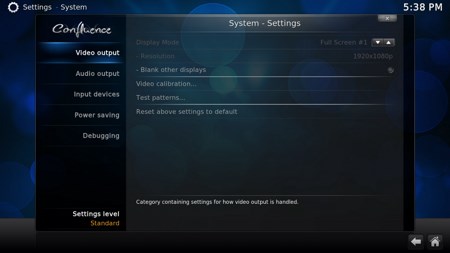
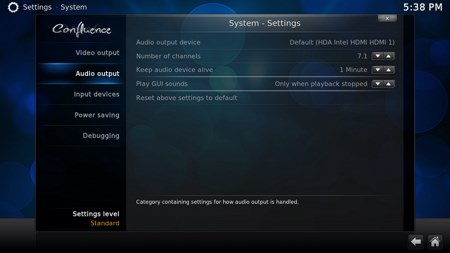
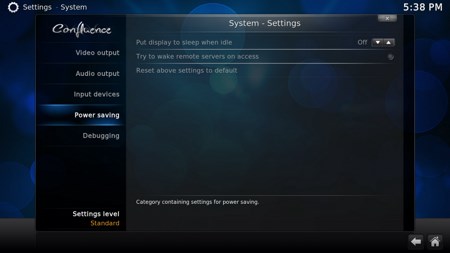
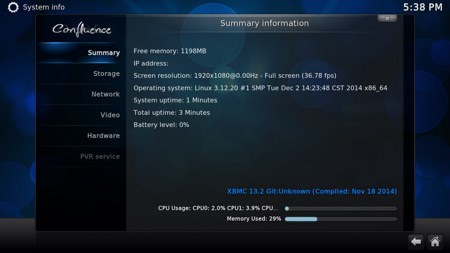
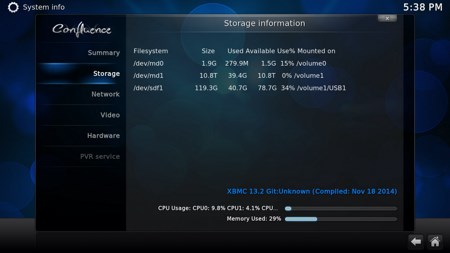
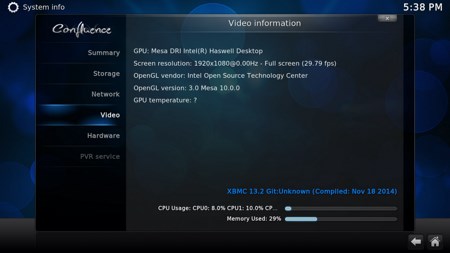
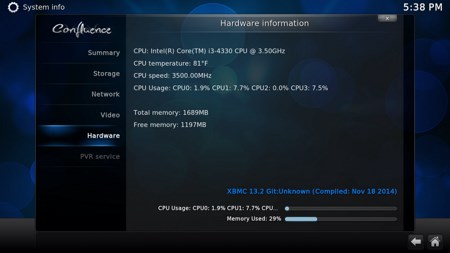
You can also check the various hardware/software information screens and of course adjust video and audio settings.




Our Blu-Ray MKV rip of Avatar S.E (42GB) was once again used to test the playback capabilities of the NAS at hand and i have to point out that the AS7004T offered perhaps the most smooth playback of that movie to date (however not that easy to notice).
ANDROID/IOS APPS
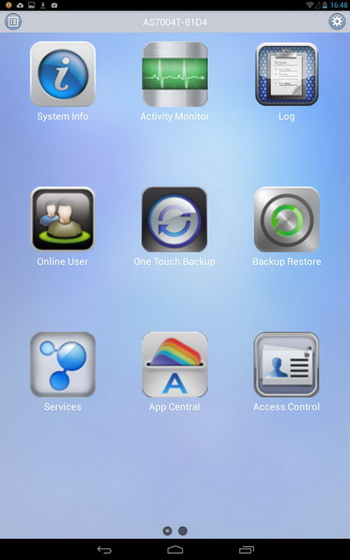
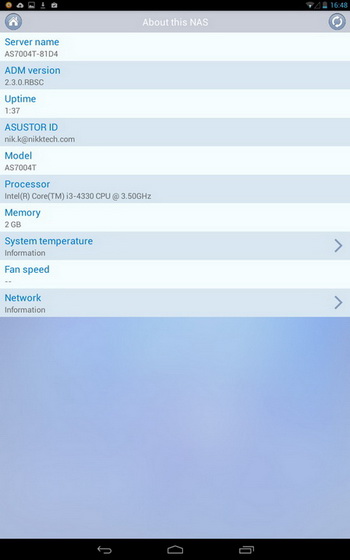
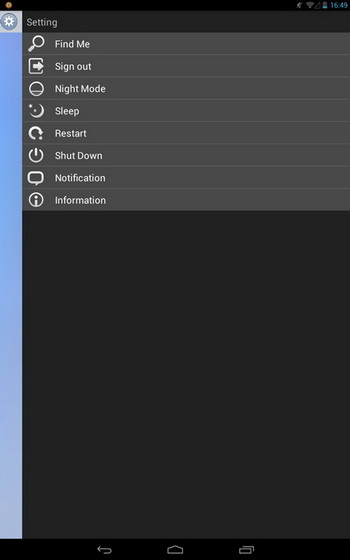
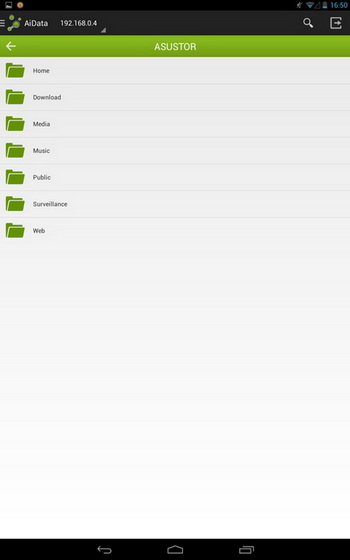

Just like in the past ASUSTOR still has several applications available for Android and iOS compatible devices including the AiMaster which you can use to access most unit functions and details, AiData which allows the user to access files stored in the NAS and the AiDownload app which can be used to monitor and add/remove downloads to the unit (we recommend using the auto discovery with each app).
TESTING METHODOLOGY – PERFORMANCE RESULTS
Originally we had decided that since some of the NAS servers/devices we've tested in the past are no longer in our possession (naturally) we would keep performing the exact same testing methodology we did in the past for as long as possible in order to provide accurate comparison results. However since our real-life tests are not enough for some people we also decided to throw in ATTO and Crystal Disk Mark to cover the more demanding users (it will take time to "populate" those charts however). However as always we will be using Seagate Constellation ES.3 4TB SATA III hard disk drive(s) (in order to also perform RAID tests we were able to switch from the old ES.2 model to the ES.3 since we recorded no differences between them when used inside NAS servers) with the unit at hand and perform several upload/download tests with 10.9GB (Single) and 40,8GB (RAID) files. Tests are repeated a total of 4 times after which we record the average numbers (from the 4 peak ones) into our charts. Finally the network device used is the same Netgear DGN3500 Gigabit ADSL2+ Modem/Router we always use when performing tests on NAS servers (however we will soon start using the Prosafe 10GbE switch by Netgear – once manufacturers focus on such tests).
SINGLE DISK TESTS

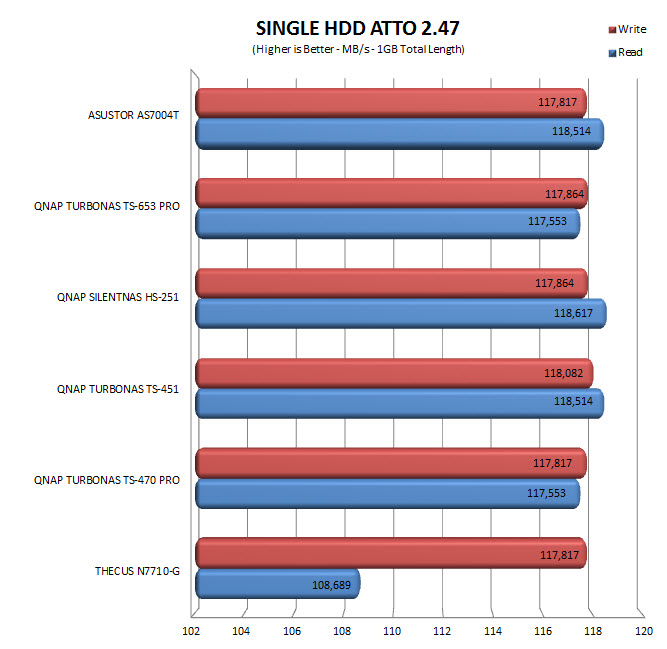
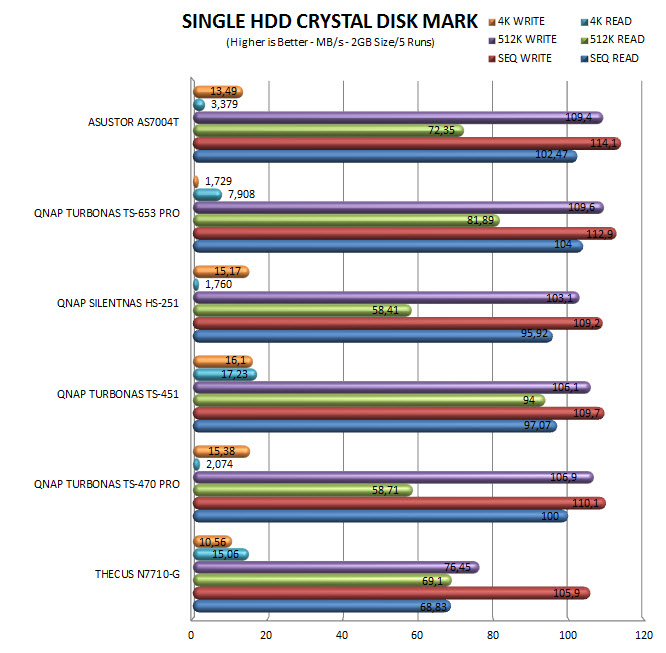
RAID TESTS

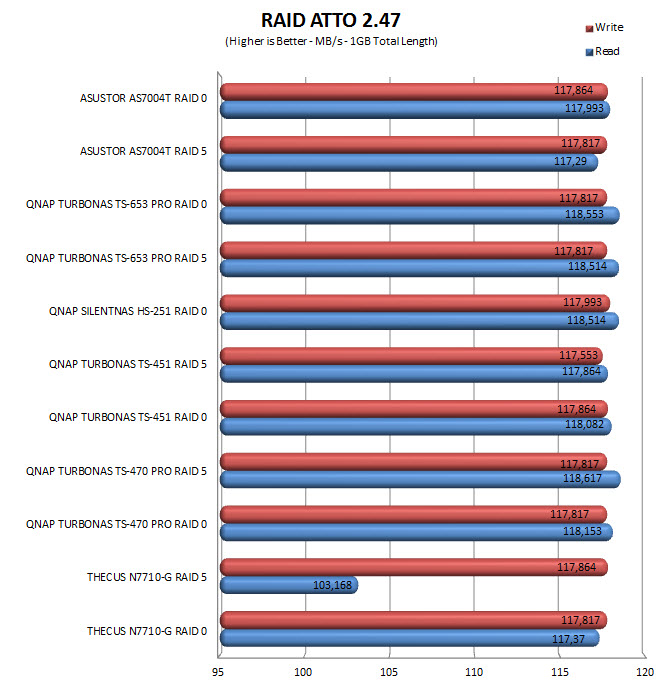
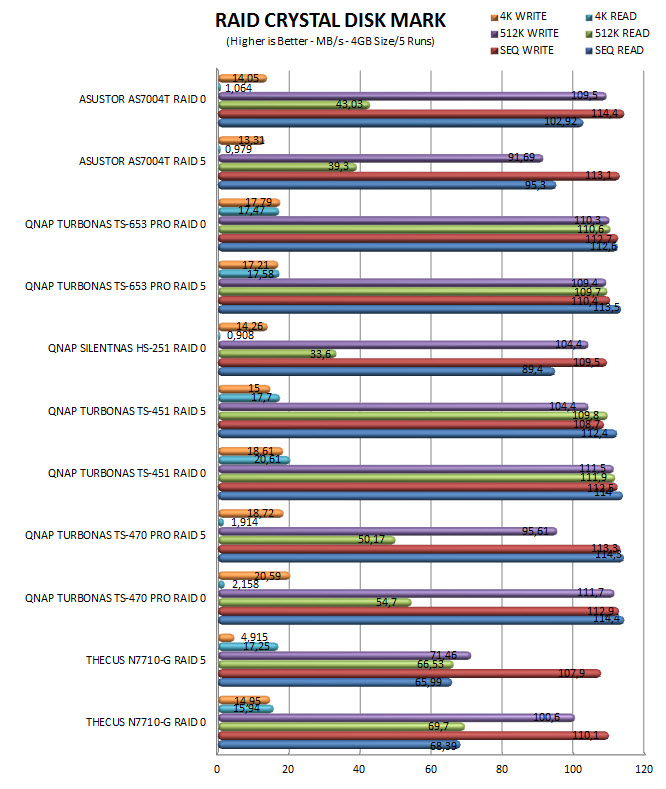
TEST RESULTS – TEMPERATURES / CONSUMPTION / NOISE
TEMPERATURES

POWER CONSUMPTION

NOISE LEVELS

CONCLUSION
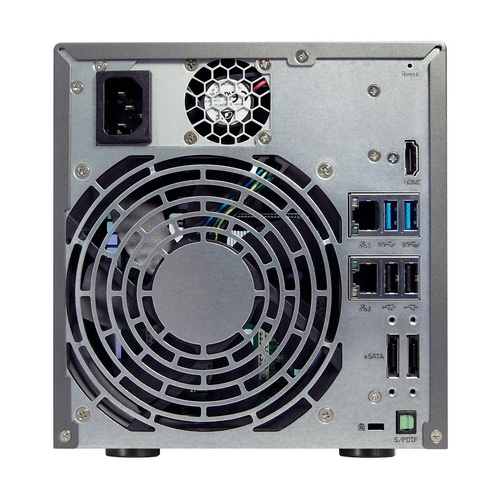
It's been just over a year since we last had such a ultra-high-end NAS server from ASUSTOR in the lab (since the AS-608T) so i had very high expectations from the AS7004T and as I’m certain you can all see we weren't disappointed one bit. Of course when you're about to start testing an NAS server that features an Intel Core i3-4330k CPU and 2GB of SO-DIMM DDR3 RAM you don't expect anything less but still we were all somewhat surprised to see that the AS7004T was able to go head to head with the equivalent model by QNAP (TurboNAS TS-470 Pro) and even managed to come on top in many tests. Now we did record higher power consumption from the AS7004T during our tests (yet lower noise levels) but i guess we just can't have superior performance at any cost. However ASUSTOR offers a sleep feature with their ADM software so aside allowing your hard drives to hibernate after a period of inactivity the entire system can also go to S3 "sleep" (suspend to ram mode) soon after that to reduce power consumption (it can also wake up in roughly 1.5s). And then we have the impressively smooth playback of media content via XBMC which is not something we see a lot and the AS7004T could be at the top of our list at least in that specific area. The ability to support full 4k (2160p) media playback is also very impressive although we don't have real (not converted) 4k content in our disposal (although we do have a 4k screen for such tests) and so we couldn't test that specific feature out. ASUSTOR also improved (performance-wise) and redesigned their ADM OS quite a bit since the last time we had something of theirs here and also added new features including support for TFTP Server, Proxy Server, Email Server, Windows ACL (access to the NAS via Windows) and SMB 2.0 (improved data transfer performance).
NAS Servers aimed towards business and enterprise use never come cheap and obviously neither does the AS7004T by ASUSTOR since as we speak it retails for USD1132.27 inside the USA (Amazon.com) and at around 1000Euros inside the EU. Still this price tag is less compared to what QNAP asks for the less powerful TurboNAS TS-470 Pro so that alone should be enough for potential buyers. Of course we do expect QNAP to do a comeback either with the introduction of a new model or with a price cut but at least for now it is what it is. Overall we all liked the AS7004T and if it was a rackmount chances are that it would replace the one we're using currently in the lab for our surveillance cameras and file sharing needs (TS-469U-RP). However there's one thing that i hope ASUSTOR will change sooner rather than later and that's the amount of RAM pre-installed in their new 5xxx/7xxx line. 2GB of DDR3 RAM is not bad but i think they should follow the footsteps of QNAP and sell their models with more RAM for consumers who wish for more (8GB would do wonders for this unit for example). True i don't think it's hard for most people to open the chassis and install another SO-DIMM but i think that we all know that there are too many people out there who wouldn't do it and i really do think ASUSTOR would do well to cater to their needs as well. That being said the AS7004T is an amazing NAS Server and that's why it gets our Platinum Award.
 PROS
PROS
- Excellent Build Quality
- Intel Core i3-4330 (3.5GHz)
- Excellent Performance
- Features
- 2GB SO-DIMM DDR3 RAM (Expandable To 16GB)
- 2 Gigabit Ethernet Ports
- 5 USB Ports (3xUSB 3.0 / 2xUSB 2.0)
- 2 eSATA Ports
- HDMI v1.4a Output
- 4k (2160p) Video Output
- Optical S/PDIF Audio Output
- RAID 0/1/5/6/10
- SATA III (6Gb/s)
CONS
- Price (For Some)

 O-Sense
O-Sense





